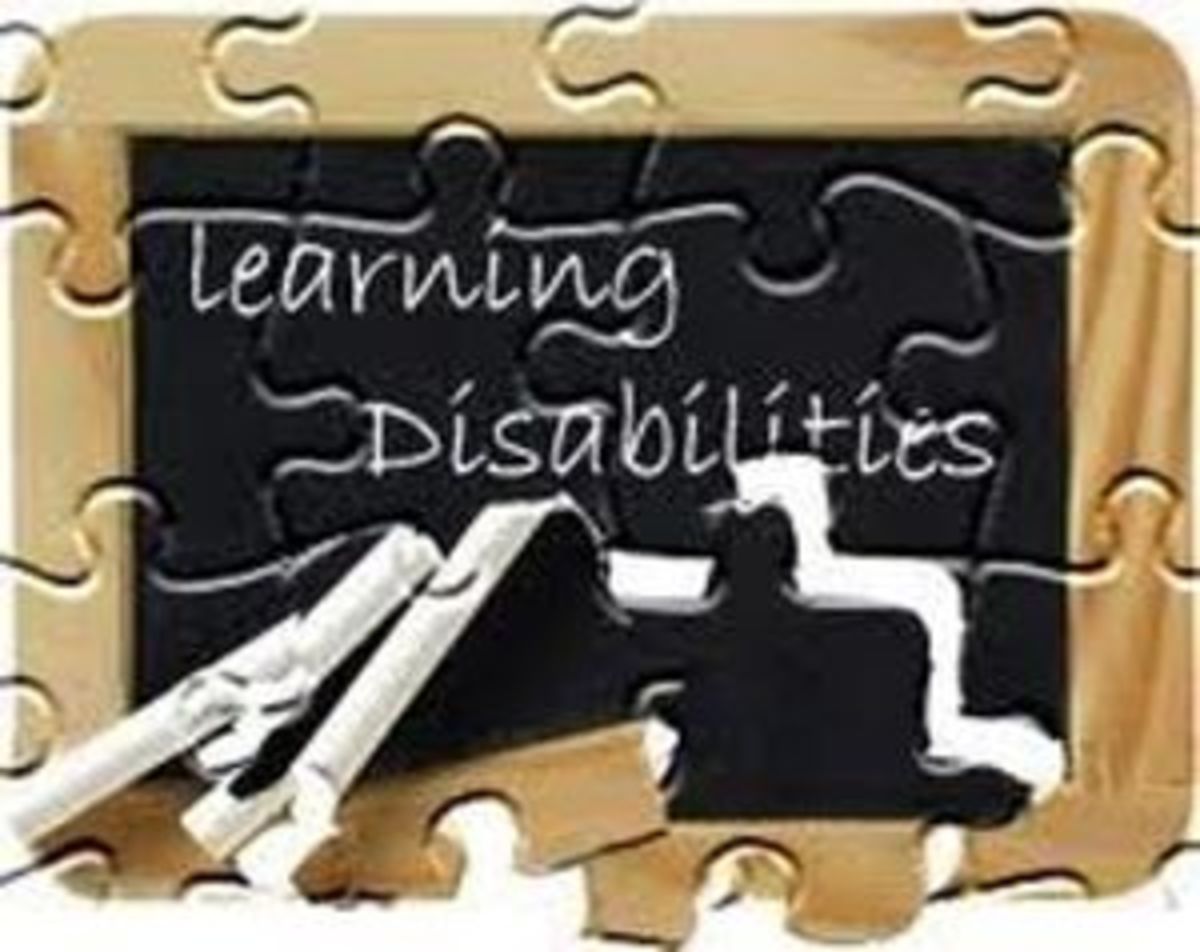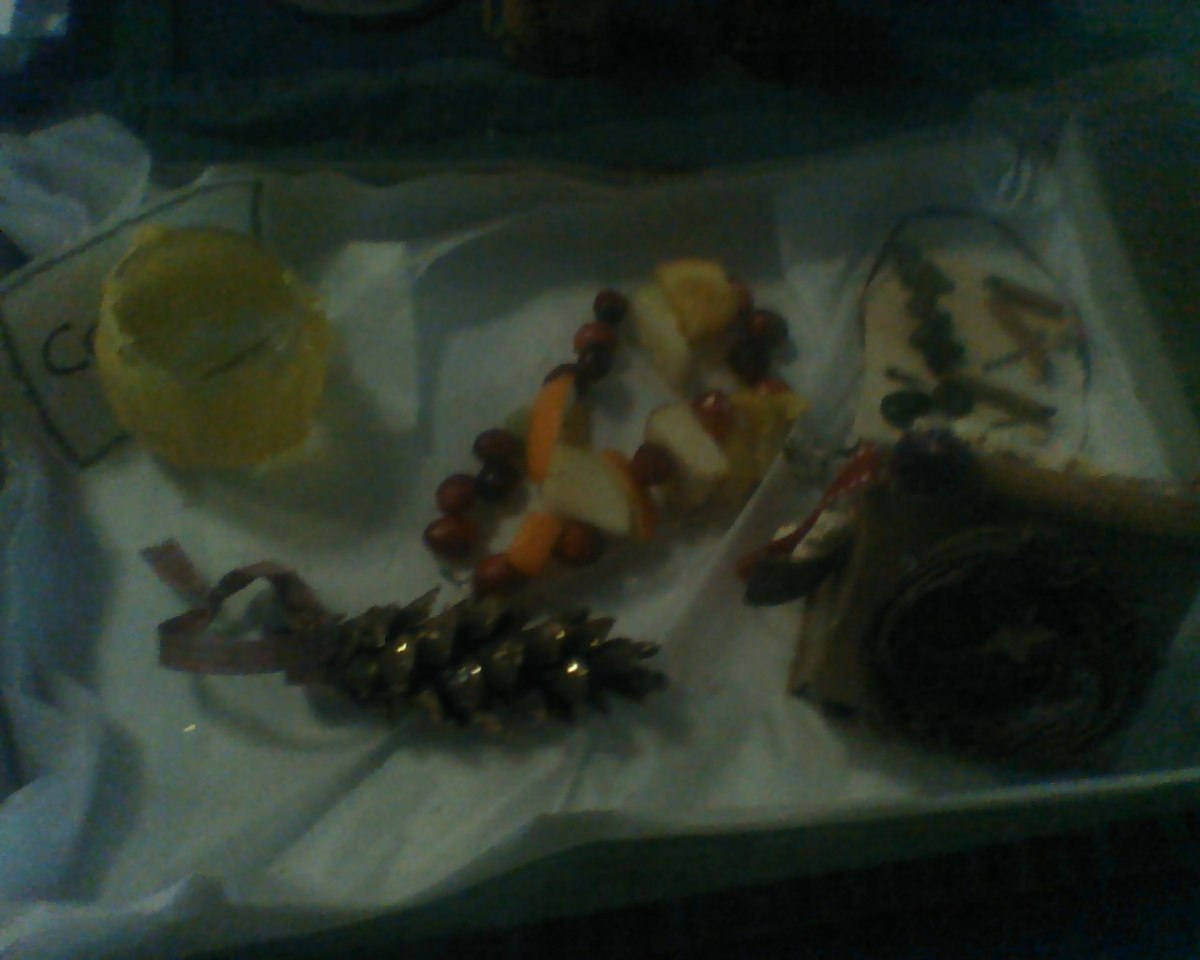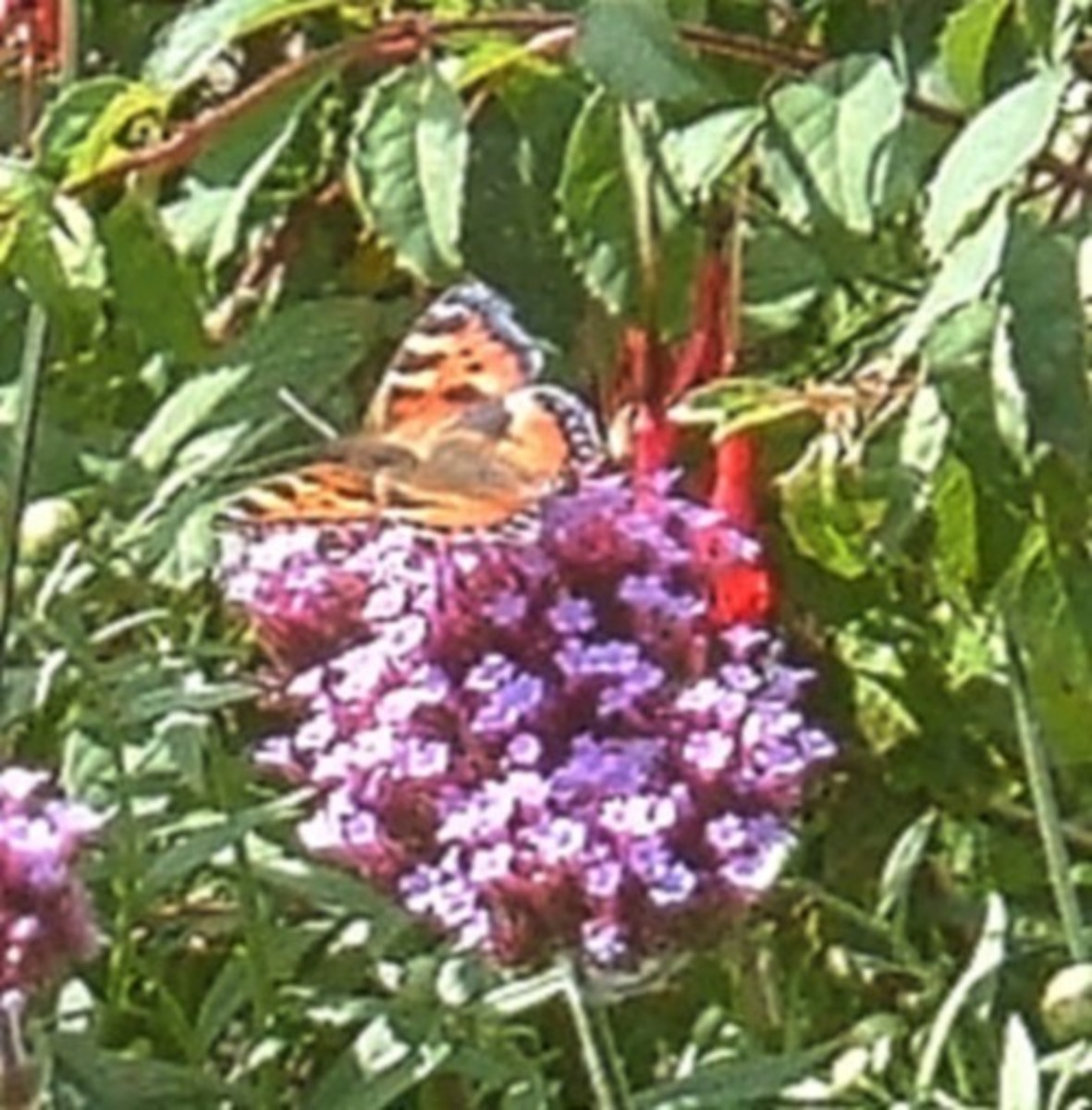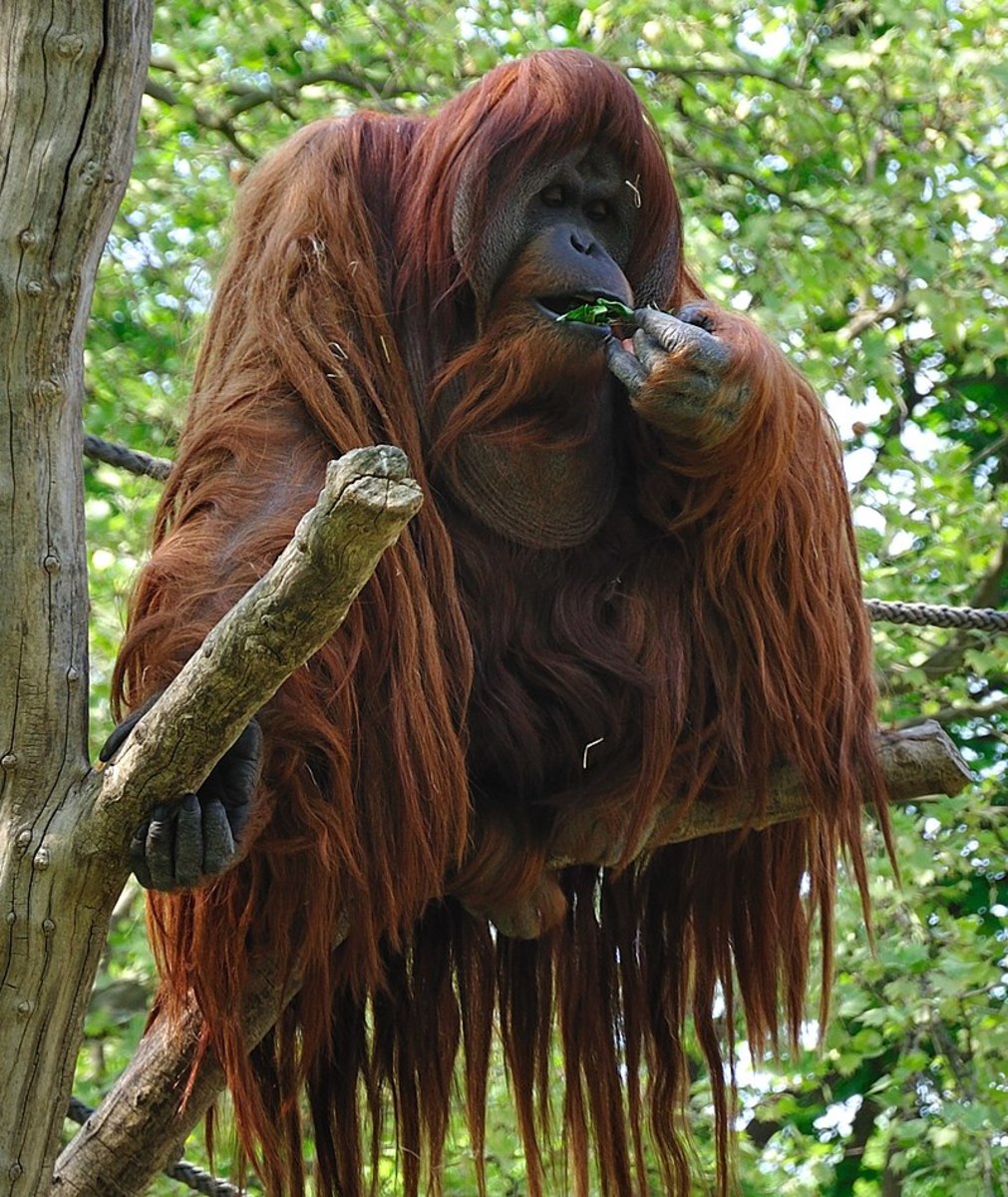Learning in Nature: The Ultimate Classroom
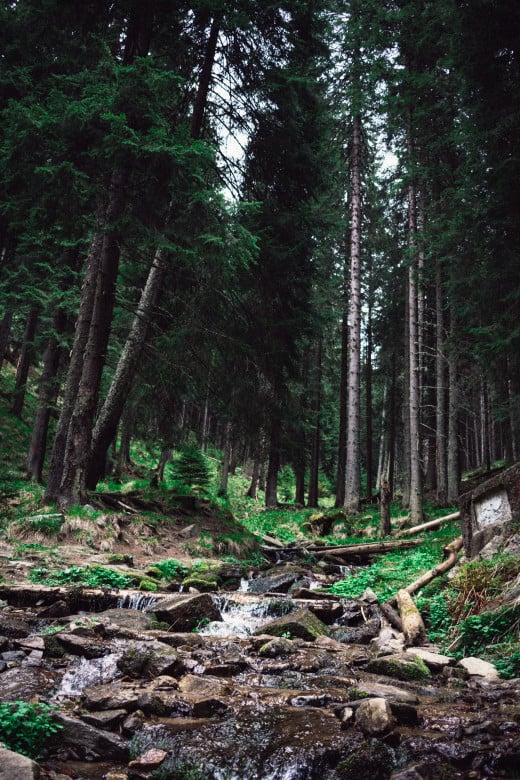
Learning in Nature: The Ultimate Classroom
Modern-day classrooms, designed like factories, provide little opportunities for authentic, natural learning. Much of the time, desks are in rows, and many students packed one by one into the school. There are rigorous schedules to follow and designated times to eat, play, and socialize. As more mandates are placed on teachers to do more with less, the confines of the day continue to restrict play. The excellent social play that occurs during recess in many middle-schools is no longer. But what missed opportunities to get outside, play, and learn!
Movement, Movement, Movement:
Children need to move, explore, connect, and satisfy their curiosity. The natural world can address all of these needs. Trees are great jungle gyms, fallen logs are balance beams, a beetle crawling on a leaf observed, and an open field can be perfect for running and frolicking. Only after sufficient exercise and movement breaks can children settle-in become engrossed in a good book.
Reading and Writing in Nature:
Trees provide shade and support for a reader. Imaginations can soar as characters and scenery can be brought to life when modern-day buildings are not in view, and only nature abounds. Moments of deep contemplation can occur when a child looks up and imagines the elements of the story. Writing and journaling can also become a more productive experience when writing in a tree, tucked in the tall grass of a field or beside a babbling brook. Find a suitable rock or stump for a desk and write!
Science and Nature:
Non-fiction information about the natural world can be extended up and generalized easily in a natural setting. When reading about the life cycle of a shark, children can see other creatures also have a life cycle. Survival needs of a shark do not differ much from the survival needs of all life: the need for shelter or space, food, water, and defense from predators. Learning to extend one concept or pattern in the natural world to other phenomena opens the mind to determine knowledge gained from what is yet to discover. Micheal Caduto wrote a book, “The Last Child in the Woods,” in which he reminds us that we cannot appreciate, wonder about and protect our vast world if we are not in our natural world. Removed from nature, Why defend something you do not know and lack intimate understanding? Children need to spend copious amounts of their childhood and young adult life living, breathing, and being in nature to study and protect it.
Insatiable Curiosity:
Children often don’t need us much at all when busied in nature. Take a toddler, for instance, who watching intently as a bug crawls, stops, and looks around from the perch of a small finger. Or when a woodpecker flies by and taps against a tree to eat a grub. Or when the child stumbles upon a chrysalis, moth cocoon, or opens a gull to see the small worm forming inside its a protective shell. Perhaps a stream can be blocked with sticks, and water becomes rerouted. Or currents and water flow are discovered when observing that a leaf floats along slower at wider sections of the stream and then faster at more narrow sections. One might be surprised that many young students lack the basic understanding that water flows downhill. Simpl experiences with streams and rivers could address this misconception. Scientific inquiry can occur in the natural world. When coupled with content-specific reading, the child can have both the meaning and the experience intertwined, which can solidify understanding of a phenomenon.
A vacation to the Natural Classroom:
The next time you take a vacation with your young charges, try to opt for more natural experiences. Take a hike, visit the beach, build, create, discuss what you see, and experiment with the world around you. Nature abounds with endless learning opportunities! Perhaps you can read about fish and then go fishing! Instead of throwing it back immediately, place it for a short time in a buck of water, and observe its swimming, gill function, streamlined body, scales, and behavior.
Encourage your child to keep a journal and draw and label the parts of the specimen. Write down what he notices and what happens when you change one variable at a time. For example, gently dip your finger in to block its way. What did the fish do? Then, through modeling, respectful observation skills set it free, and watch it swim away. You can be a great science teacher. Witnessing your enthusiasm for nature will likely spark much excitement in your child. Foster curiosity and create a natural classroom by stepping outside!

